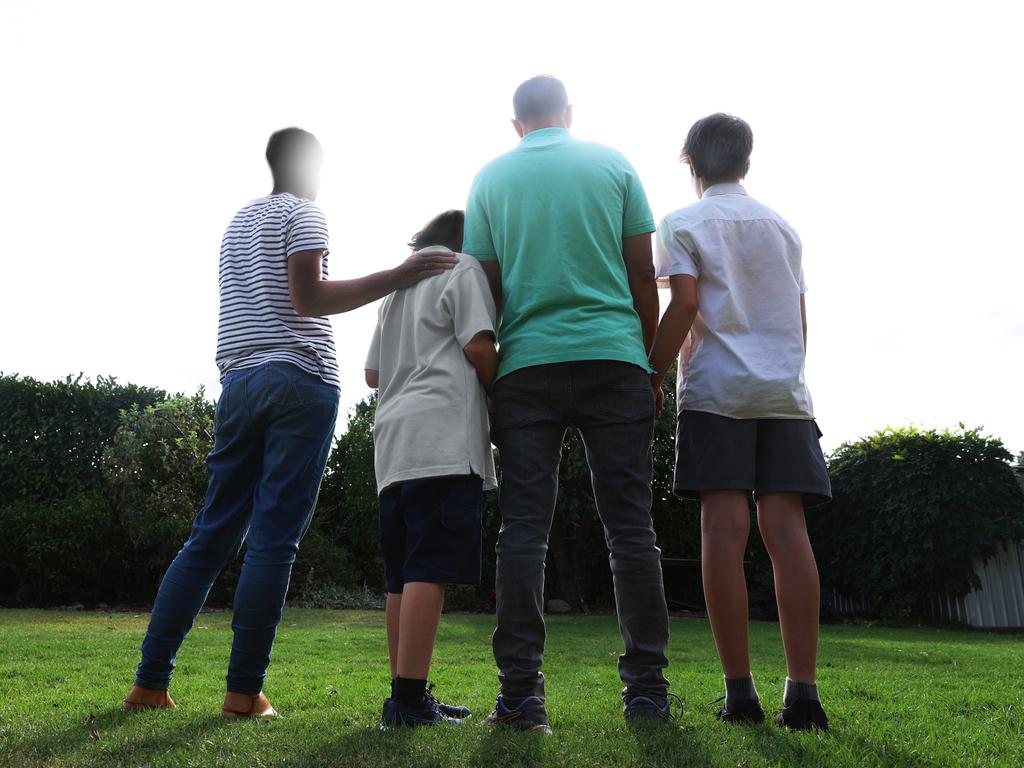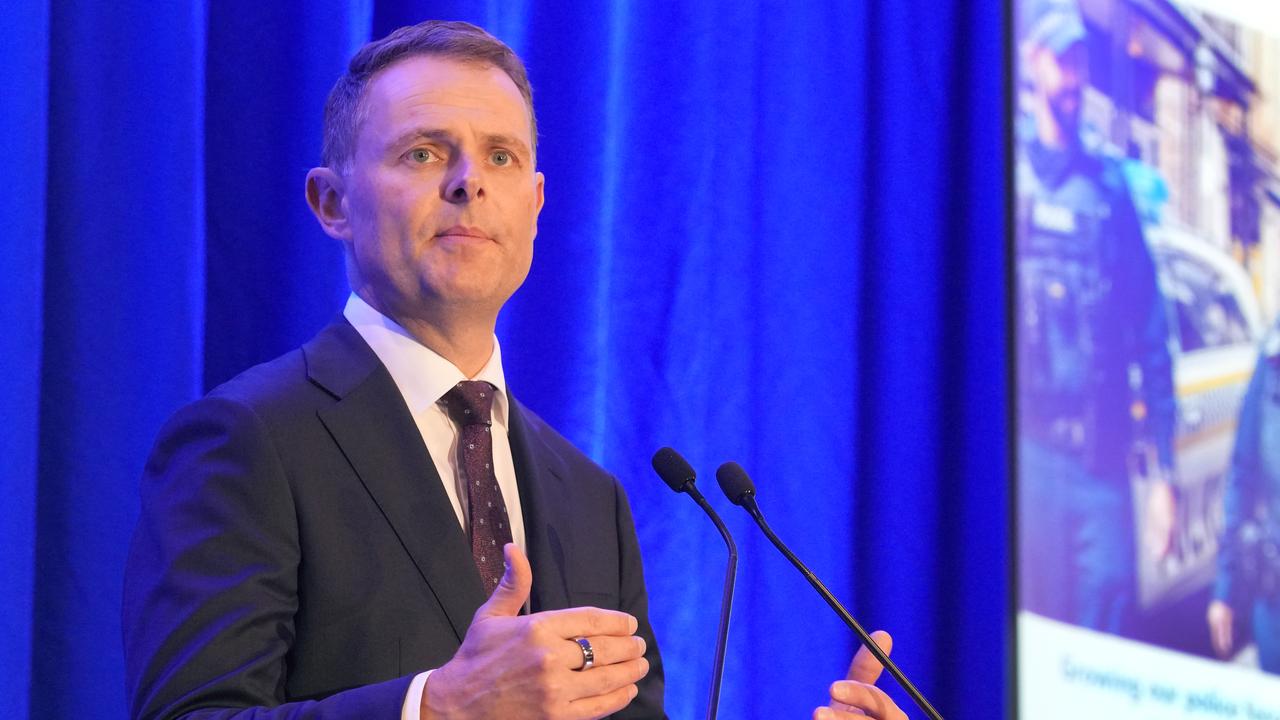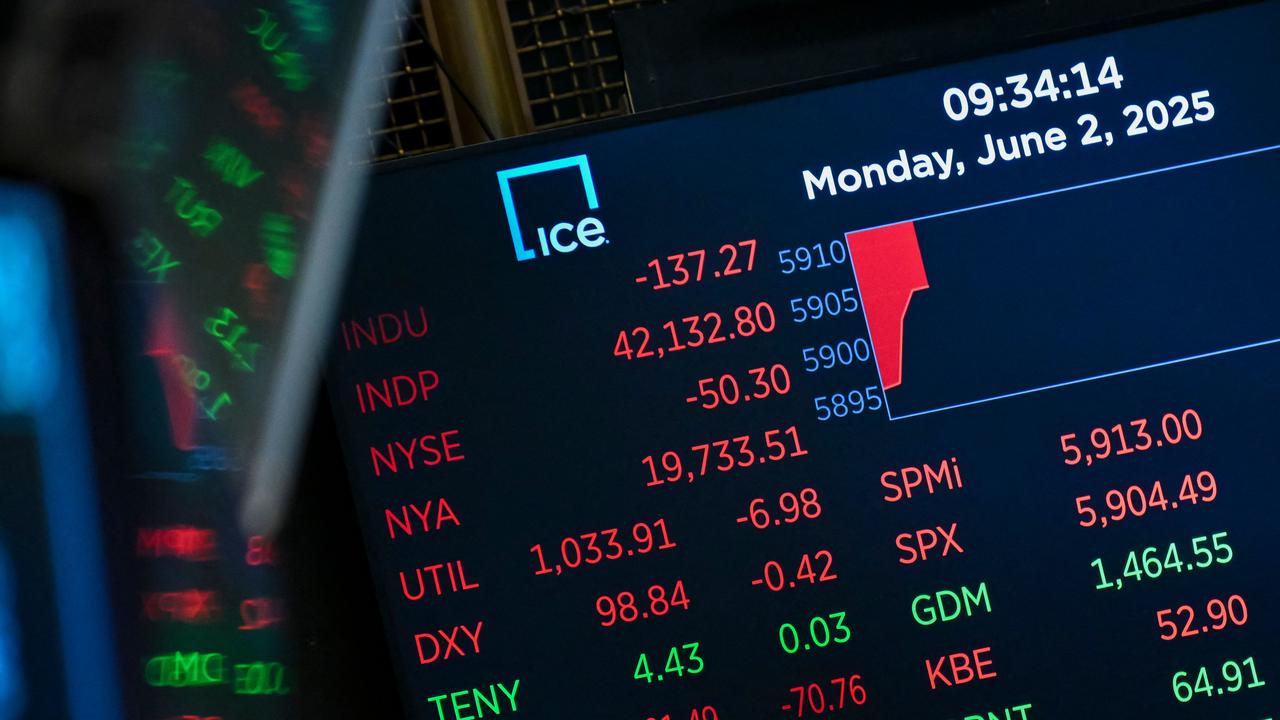Indigenous kids need safety first, not ideology
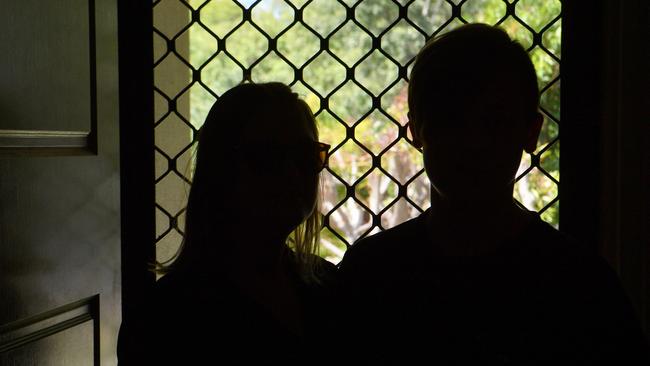
It is the right to safety for children that must come first – nothing else.
There are 44,000 children living in out-of-home care across Australia, largely exiled from primary caregivers for a time that is almost always uncertain.
Nearly half of them are Aboriginal and Torres Strait Islander children and only half of those are placed with relatives or kin.
In times of crisis, people want help. They don’t talk culture, colonisation or truth telling. They just want an outcome that works.
We owe the same principle to all Australian children at risk or already in care as well as foundations and scaffolding to build a better future working with, not against, the community of professionals and carers who support them.
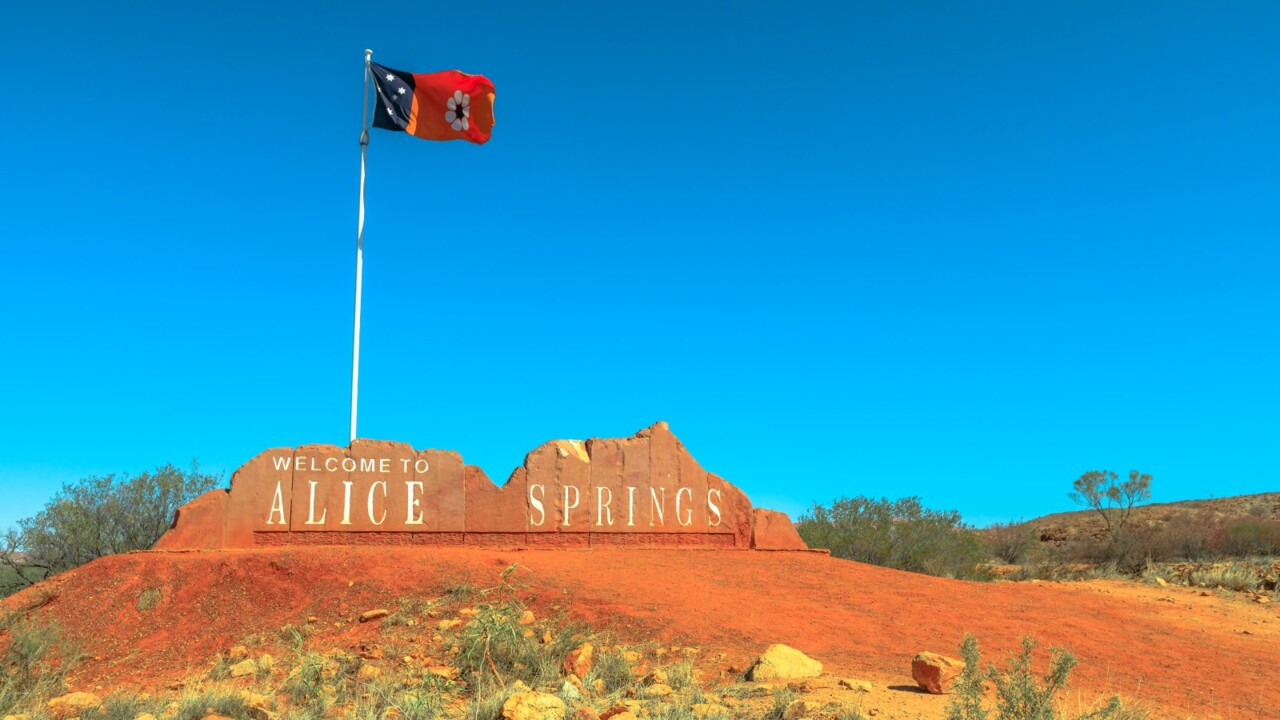
Without early, timely and effective responses, there are greater challenges for child placement. The chances of reunion become more unlikely – more evidence of why we must respond sooner with actions that will make the most difference.
Who should care for these children should simply be settled by asking: where are they safest and with whom are they safest? When where you live is dysfunctional and in crisis, positive aspects of culture are often overwhelmed by the reality of the ugly environment. All of it is in play to be fixed.
The Aboriginal Child Placement Principle guides decision-makers on how to deal with Indigenous children who cannot remain with parents in a hierarchy from family or kin, Aboriginal members of the child’s community, other Indigenous caregivers, to, as a last resort, non-Aboriginal carers who will maintain the child’s cultural connections.
While embedded in state and territory child protection legislation, its reference and application differ depending on jurisdiction and for a range of reasons. Any question should again be settled by asking: where and with whom is the child safest?

In the best interests of the child, risk-assessment should be for every category of carer to establish what each individual child needs to reduce further harm.
In one jurisdiction, as is likely in others, police were unable to tell me how they defined a “responsible adult” when returning children wandering the streets back home, admitting judgment on “a responsible adult” and “a safe place” was almost always, unfortunately, subjective. Sadly, right now there is no alternative where there could be.
Back to basics is asking: Would I do that to my own child? And then building the service response from there.
There are not enough carers, children are younger and with more challenges, fuelling the exponential and profitable growth of the residential care industry – the least desirable form of care for children.
Earlier in May the Queensland government launched a Commission of Inquiry into Child Safety System to “expose failures of the system and the damage it has caused, with the recommendations to reshape and repair a system that was left broken by the former Labor government”. Queensland’s current response is an eye-watering $1.12bn annually.
Broken child protection systems need resuscitation, not rhetoric or yet another review. Children at risk and in care are best served by a focus on prevention and early intervention, and enabling and engaging parents, family, care professionals and responders, neighbours and service providers.
State, territory and federal governments that fund them must do better.
In 2024, the Australian Human Rights Commission’s National Children’s Commissioner, Anne Hollonds, gave a voice to 150 children – almost 70 per cent Indigenous – in the report Help Way Earlier. Their message was “stop it before it happens” and “don’t wait until it all falls apart”.
Establishing a taskforce, specialist advocates and international conventions were Hollonds’ recommendations. I believe we must meet the need where it is right now. Every day is one too late.
In opposition, my focus will remain on federal-funded frontline services, accountability for key service providers and how they are breaking down silos to make it easier for families and children to find and use them.
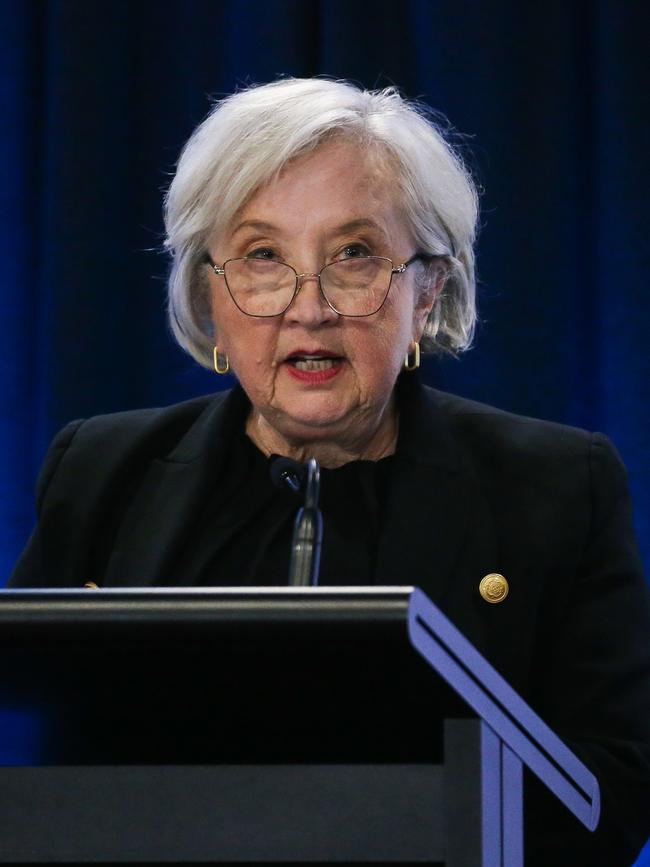
Policies must be driven by evidence, not ideology, and from the premise that they do no further harm. I’m talking here about the lifting of alcohol restrictions in the Northern Territory in 2022 from which it will likely never recover.
Think, too, about the Labor-Greens plan to end income management even though the final cashless debit card evaluation report said: “The perceived impacts of CDC cessation were mostly negative and centred around financial management, alcohol and gambling misuse, child wellbeing and welfare, and safety and violence.” The report, however, didn’t give voice to a single child.
When children in out-of-home care, incarceration, suicide and children developmentally impaired are Closing the Gap targets going in the wrong direction, it is ludicrous to not uphold a child’s rights approach.
As we mark Reconciliation Week, we reflect and celebrate Indigenous peoples and cultures and acknowledge, too, that there is much to be done together.
What is needed is focus on the here and now. It is practical action today that gives children hope for a brighter future tomorrow.
Kerrynne Liddle is opposition spokeswoman for social services and Indigenous Australians.

